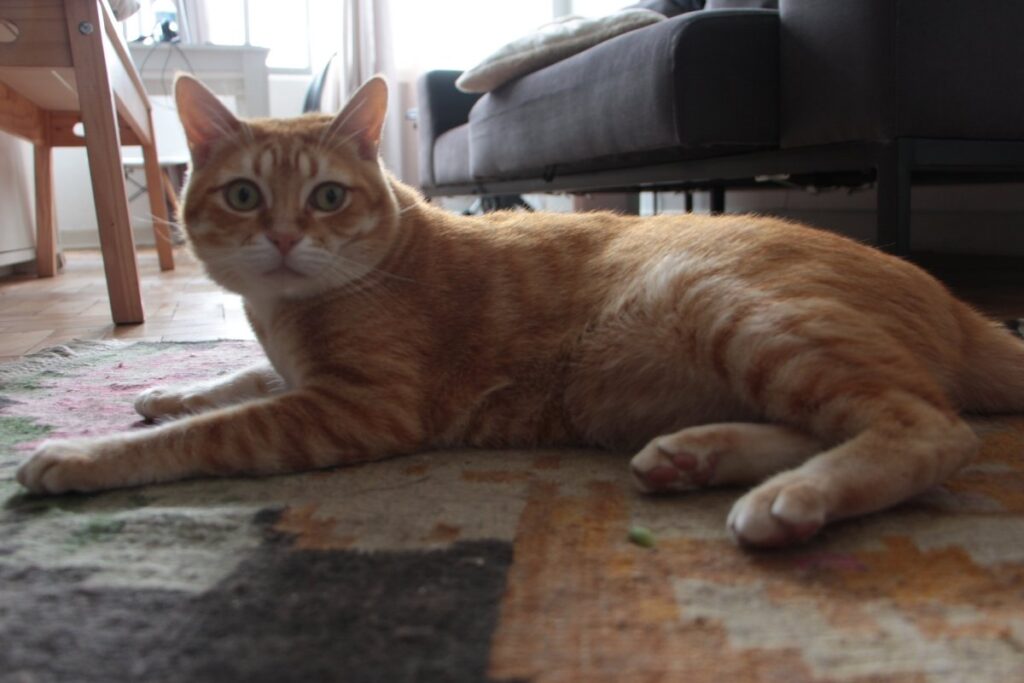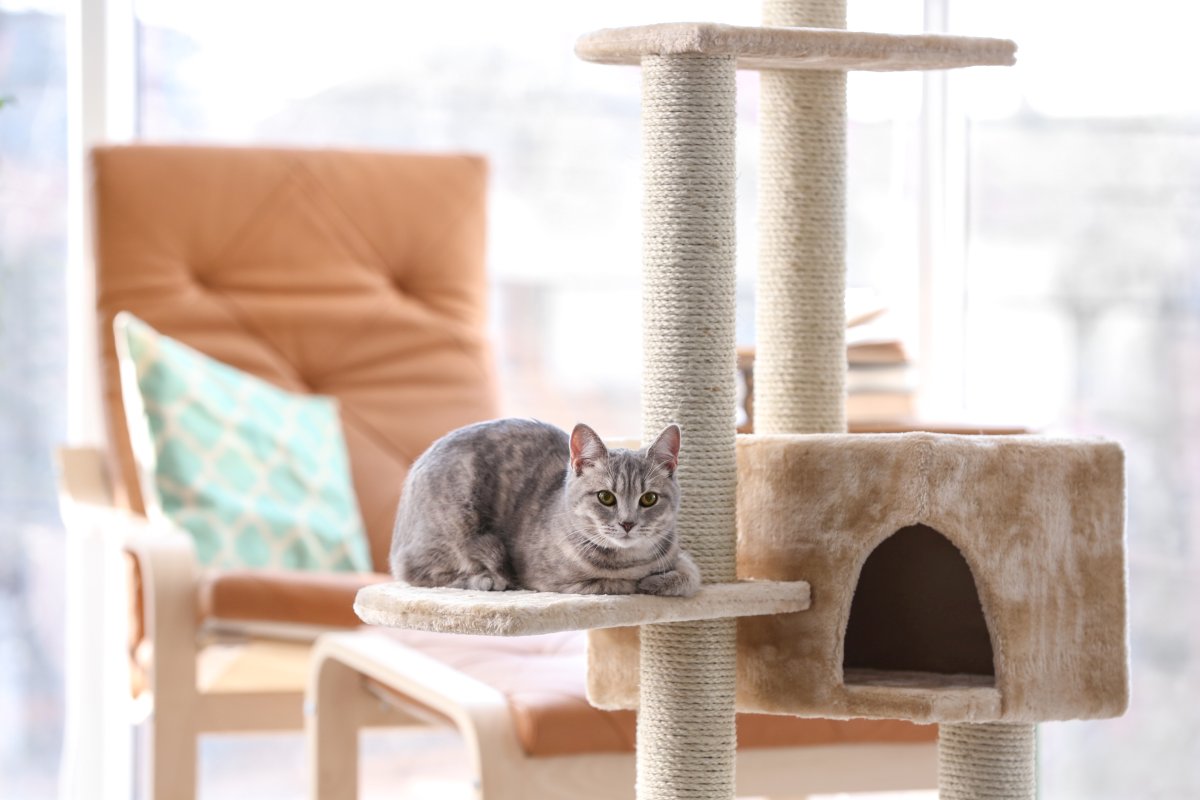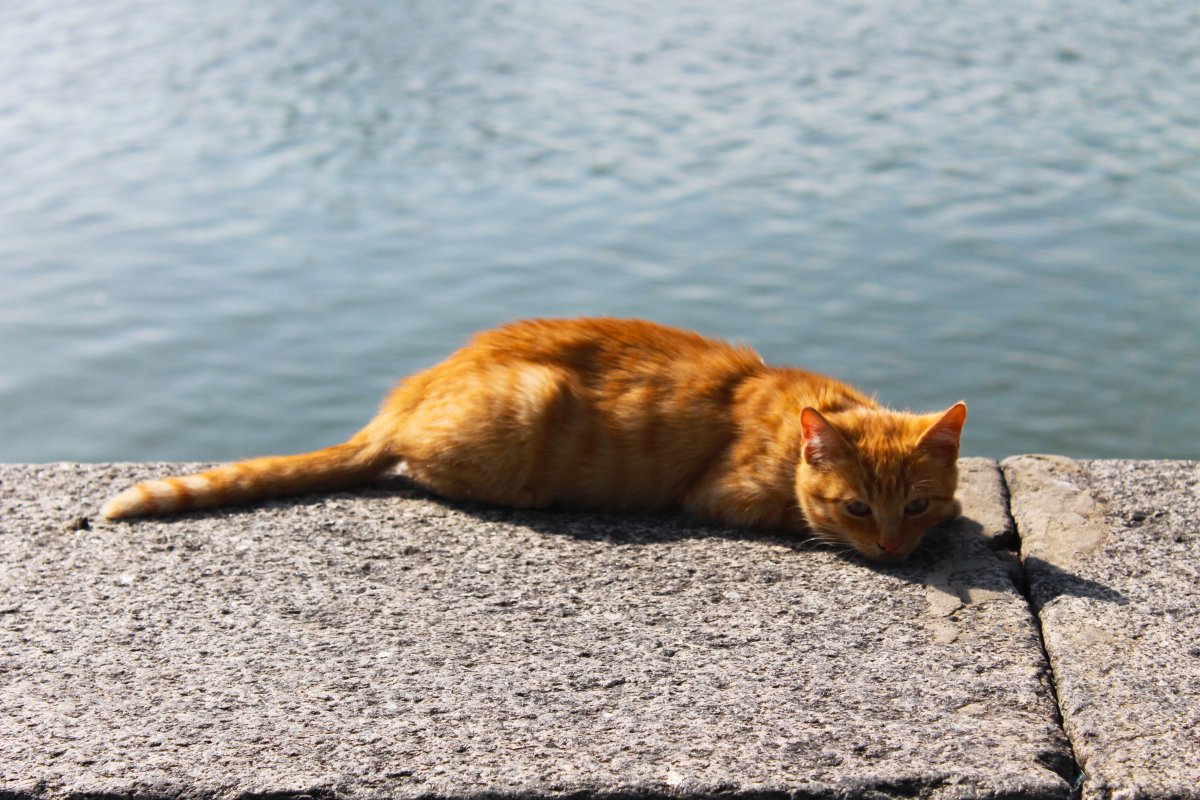Are you a cat owner? Looking to switch apartments but don’t know what will be the perfect size for your cat? Or have you just adopted a kitty in a new town, and the apartment hunt is getting difficult because of cat considerations? Don’t worry; people often miss a plethora of cat considerations.
But in this article, we will be talking about everything to be considered when living with a cat in a small apartment. From the size of apartments suitable for a cat to the management of cat-related stuff living in a small apartment, we have penned down a list of dos and don’ts for pet owners who keep cats in apartment.
Cats in Apartment
We talk about apartment sizes for cat owners because, unlike dogs, cats are not such active animals. While dogs like big, open, and vast areas to keep their mental health stable, this is not the case with cats.
It has been advised that, unlike dogs, cats are a better fit for small apartments with limited space. This is mainly because open spaces are more likely to make cats vulnerable and exposed constantly. While dogs prefer big and open areas, cats like to be safe in their small sanctuaries.
Although, while living with a cat in a small apartment, you might want to keep the consideration of the space usage for your cat. While you might find dogs utilizing open spaces or living rooms to be jolly and walk around, cats use these spaces differently.
Ideal Apartment Size to Live with a Cat
According to the American Society for Prevention of Cruelty to Animals (ASPCA), a minimum of 18 square meters is the best and most ideal size for cats in apartment. This is a recommended apartment size from the ASPCA to cat owners who are vigilant to their kitty’s needs. If you are looking to give better living conditions to your pet animals while looking out for their own needs, make sure you know this.
If you must visually imagine this size for comparison, it is 1.2 times as large as an average parking space in Canada or America. This visual representation will help you find studio apartments or small spaces that are perfect for you, your cat, and your wallet at the same time.
While the exact numbers provided in the ASPCA outline are more like a guideline, it serves the purpose of direction for cat owners who are living with a cat in a small apartment. It is only to give you an idea that your cat will be most suitable and happy in an apartment size similar to this.

We have coupled some tips and facts with the guidelines mentioned above to make a cat owner’s life easier in the article below.
How to Cat-Proof an Apartment Balcony
While we are on the current topic of what’s best for the cats in apartment and how to live with them, here are some valuable tips. If you live in an apartment, I am sure you must have a beautiful balcony. While a balcony can have the best benefits for humans, it might not be the best apartment feature for your cat.
Apartments are primarily situated on elevated heights above the ground, and the balconies are exposed to a nosedive. Keeping your cat’s safety in close consideration in such cases becomes essential.
So here are some tips to cat-proof your apartment’s balcony when you choose living with a cat in a small apartment:
- Keep the balcony off your cat’s limits when she is left alone in the house. Whereas when you are home, some strolls on the balcony with a harness on and keeping the lead off of the edge can be allowed for sure. But make sure you are keeping an eye on your mischievous little friend because they can do a slip-out act at any moment.
- Fence up your balcony above the possible reach of your cat. You can use anything from a sturdy mesh and timber lattice or even chicken wire to barrier your balcony and keep your cat safe. In the end, use a material suitable for the strength and size of your cat and stay inside your budget.
Managing Litter Box and Odors
When you choose to live in a small apartment with your cat, which is most likely to be curtained and shut. Because of indoor air conditioning or heating systems, it becomes even more essential to manage litter box odors properly and know how to get rid of cat litter smell in apartment. You can’t live in closed spaces with cat mess and odors fuming the place, no matter how much you love your cat.
The best-recommended places where to put cat litter box in small apartment are either the balcony or the bathroom. Balconies are the best option if you have appropriately proofed them for the cat’s safety. But if you choose the bathroom for a cat that needs to be kept inside while you are away or sleeping at night, it is best to invest in an odorless litter.

Best Cats for Apartments
Why do we continue to talk about the best considerations for cats in apartment? Why not the best cat types if you are an apartment lover? Yes, different breeds of cats can thrive in an apartment space if you provide adequate play and attention time during the day.
Keep in mind that if you choose living with a cat in a small apartment, look for breeds that have adaptable and easygoing temperaments. If not, then your cat can also survive in an apartment setting if it generally has low energy levels than more active cats.
Here is a list of the best cat breeds suitable for the apartment life:
- American Shorthair
- Birman
- British Shorthair
- Burmese
- Maine Coon
- Persian
- Ragdoll
- Russian Blue
- Scottish Fold
Conclusion
If you live in an apartment and wish to keep a cat, it is best to stay away from adopting active cats who will be bouncing on the walls of your apartment. Some cats are more nature lovers than others and thrive in open spaces, and are constantly out on the look for open spaces to mischief around. In case being cramped in small places, these cats can get depressed and unhappy as well.







